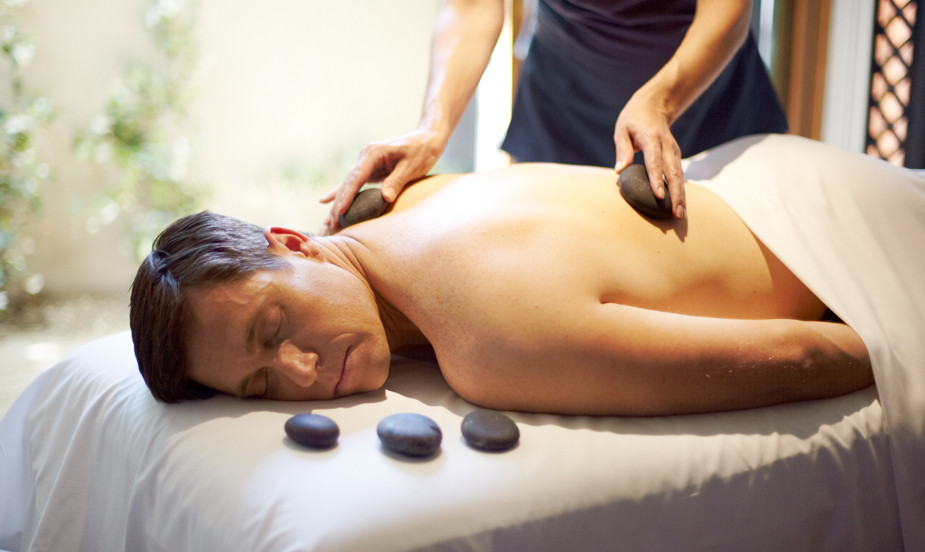
On Black Friday, I had no interest in shopping. I had lifted my growing niece and nephews too much over Thanksgiving and now couldn’t even lift a credit card, let alone a present. Another rotator cuff tear, I figured. Another year of pain. Just sitting still the shoulder pain was five out of 10. Turning the steering wheel of my car, the pain hit 15.
So I called my rowing partner Andy Baxter, who owns gyms for people over 50, and who is an expert in rehab for sports injuries. I told him my tale of woe, “This time it’s surgery,” I said.
“Don’t!” he said. He went on to explain what I suspected: half the time shoulder surgery makes things worse. One big problem is scar tissue, which tends to make your shoulder freeze up. Or the surgeon makes the tendon too tight and you can’t move your shoulder, or too loose and you can’t control it.
“Shoulder surgery is like back surgery, “ Andy said. “If at all possible, just say no.”
So I skipped the doctor and did three things differently. A week later I was kayaking and splitting wood with an axe. My shoulder feels as good as it did before Thanksgiving.
What saved me from another year of pain?
Maybe luck. Maybe I wasn’t hurt so badly as I believed. But maybe it was the things other than ice and Ibuprofen that healed me. Here’s my three-step prescription for a miracle shoulder healing.
First: I bought a sling at Walgreen’s to immobilize the shoulder. I even slept in the sling for the first couple of days to keep from moving it.
Second: I went to a topnotch acupuncturist. She hooked me up to a machine that indicated my qi or energy was weak through both my shoulders. She was confident that she could fix me during the visit—if the ligaments were not badly torn. Alas, the quick fix didn’t happen. But I had the feeling my energy was flowing better when I left her office, and I woke up the next morning with less swelling. I figured I was down from a year’s recovery to maybe six months.
I had the feeling that the warm oil poured on my forehead was grease for all of my joints.
Third: My wife and I went for three nights at Miraval Resort & Spa in Tucson. We had already scheduled the anniversary getaway and almost cancelled because I wouldn’t be able to rock climb or do the challenge course or ride horses or play tennis. In fact, I couldn’t do much of anything. So for three day I lived pretty much like a mushroom, holed up in the spa. And it was GLORIOUS!
I steamed, I soaked, and every so often I emerged from the various forms of hot water to be slathered in hot oil. I tried the “Ultimate Ayurvedic,” and had the feeling that the warm oil poured on my forehead was grease for all of my joints. Then my wife and I did a duet relaxation massage. My practitioners gravitated to my hurt shoulder, which they said was all was knotted up. They approached the knots very differently, but the net result was that the pain stopped, the sling came off, and before I left I walked over to the zip line tower and almost signed up to do the 50-foot climb.
My sense upon leaving the resort was that I had experienced not just a mix of Eastern and Western medicine, but Northern and Southern as well. A few days later I was kayaking and rowing. Miracle or not, this was the best way to avoid surgery.
Stephen Kiesling
Stephen Kiesling is a writer and editor whose career was launched in 1982 with the classic rowing book The Shell Game and The New York Times Book Review, “Just as it is good that there was a riverboat pilot who could write…it is good that there is one true blue jock who can.” A Scholar of the House in philosophy at Yale, Stephen was a 1980 Olympic oarsman who also raced in the 2008 Olympic Trials. He learned journalism from T George Harris, a decorated World War II artillery scout and Time reporter who created Psychology Today. T George and Stephen launched both American Health magazine and Spirituality & Health, where Stephen continues as Editor at Large. He has written for the New Yorker, Sports Illustrated and Outside, was a spokesman for Nike, started a celebrated rowing club, and has built parks and playgrounds. He lives at Ti’lomikh Falls on the Rogue River in southern Oregon, where he writes for his wife Mary Bemis at Insidersguidetospas.com. Stephen is also the caretaker of one of America’s oldest Salmon Ceremonies and is working on a whitewater park and sculpture garden. He is interested in transformational retreats, anything to do with water, the Native American origins of our democracy, and the process of becoming what he calls an Earth-Indigenous Elder, a person who knows their own story from the beginning of time.